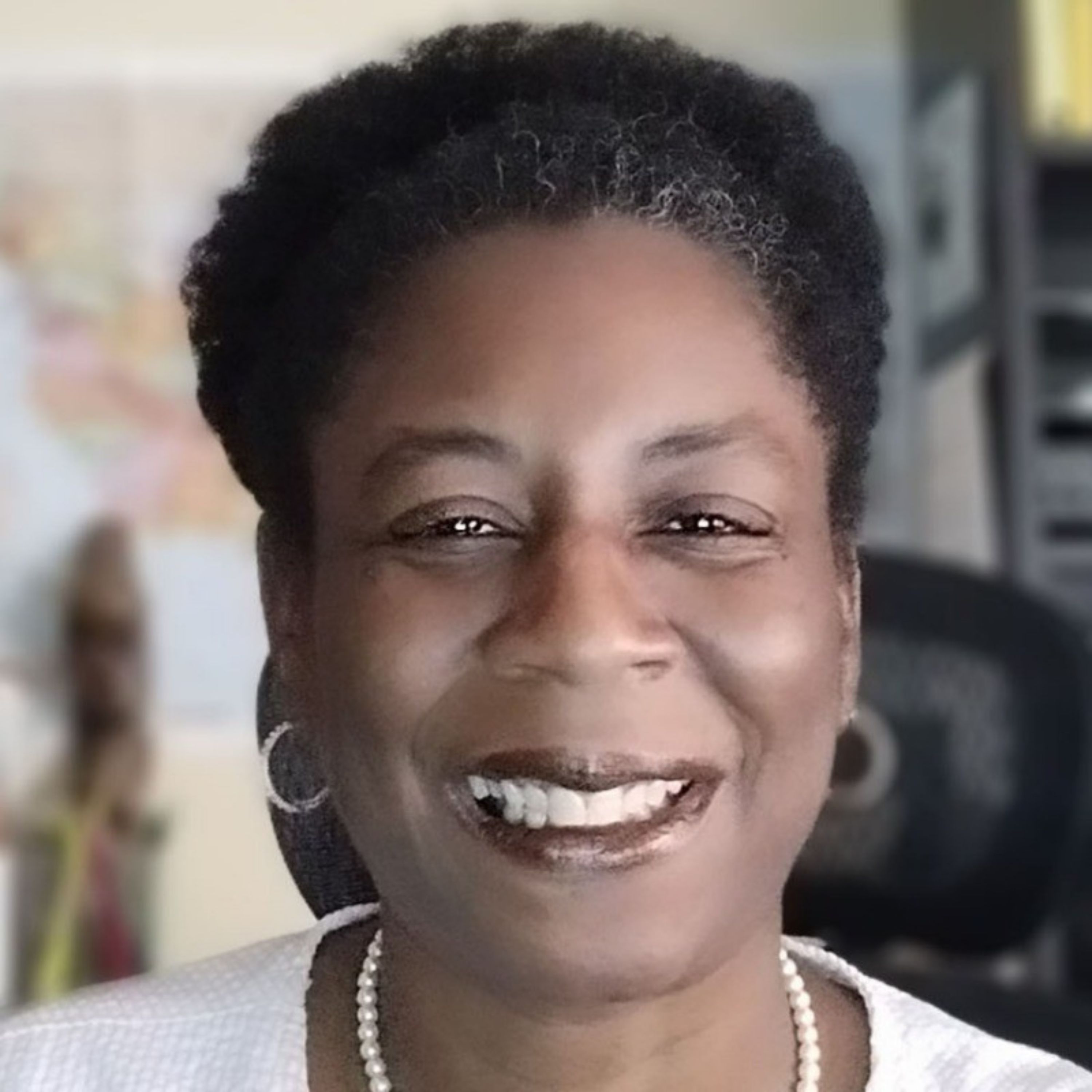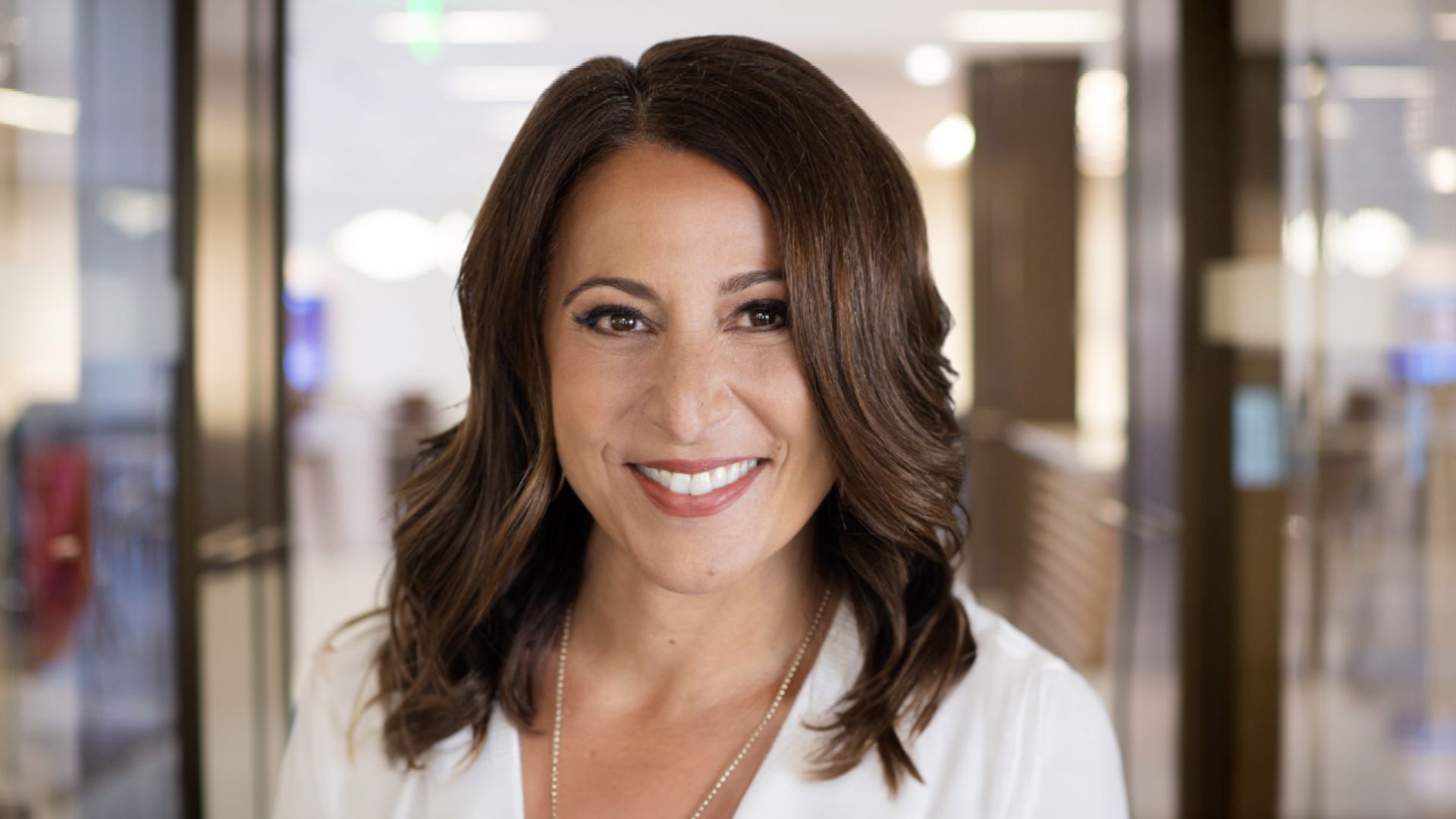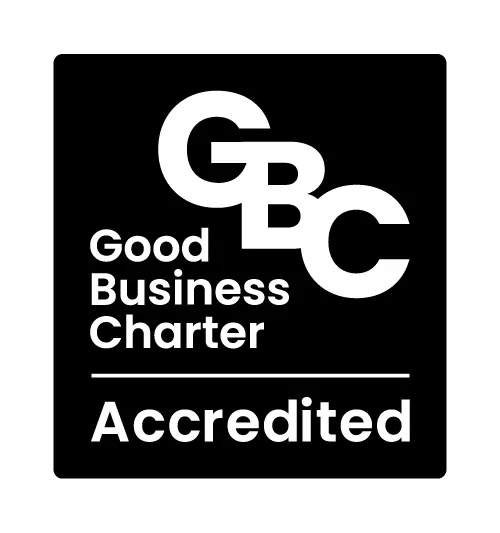
Tech Talent Spotlight Series: Christine Puccio
01 Apr, 20246 minutesChristine Puccio is a distinguished figure in the technology sector, boasting a career spann...

Christine Puccio is a distinguished figure in the technology sector, boasting a career spanning over 25 years with a focus on cloud computing, sales, and alliances.
In her current role as the Global Vice President of Cloud at SUSE, she plays a pivotal role in shaping the company's cloud strategy, driving revenue growth, and ensuring customer success across various cloud platforms and marketplaces. Her contributions extend beyond her corporate responsibilities; she also shares her wealth of knowledge and insights as a member of the Forbes Technology Council, where she discusses pertinent cloud trends and diversity.
Before assuming her position at SUSE, Ms. Puccio held notable leadership positions at prominent tech companies such as JFrog, F5, and Red Hat. During her tenure, she cultivated strategic partnerships with major cloud service providers including AWS, Microsoft, and Google, thereby delivering remarkable outcomes in cloud marketplace performance, revenue generation, and customer satisfaction. Additionally, Ms. Puccio is recognized for her advocacy of diversity and inclusion initiatives. Notably, she spearheaded the launch of the first neurodiversity program at Red Hat and served as a board member of Women in Cloud.
Driven by her passion for innovation in cloud computing, Ms. Puccio is dedicated to empowering customers to realize their business objectives through cutting-edge cloud solutions. Her extensive experience, leadership acumen, and commitment to inclusivity make her a respected figure in the technology industry, shaping the landscape of cloud computing and fostering a culture of diversity and empowerment within organizations.
Could you please share insights into your background and elaborate on your journey?
Throughout my 25 years within the technology industry, I have previously held significant roles at companies like Lockheed Martin Missiles and Space, Sun Microsystems, NGINX, F5, Red Hat, and JFrog, and held a variety of roles. My recent role at SUSE is Global Vice President of Cloud. There was no deliberate straight line into working with cloud partners and technology. I graduated with a BS in Business focusing on Accounting, Economics, and Marketing as additional emphases for my degree.
I had my sights set on becoming a CPA with one of the then "Big 6" firms. However, during the interview process with some of those firms, my focus took a complete turn. After years of concentrating on accounting, I decided to forgo pursuing my CPA certification. Around that time, Lockheed Martin was actively seeking younger individuals to join their workforce across various roles. Having not brought in new talent for 15 years, and with the merger of Martin Marietta, they were eager to inject fresh perspectives. Out of the ten chosen candidates, I was the only woman selected.
My role as a financial analyst in the Solar Array division was captivating and vastly different from my accounting background. This division was responsible for receiving all fixed assets from the eastern region to construct the world's largest solar ray division. Our unit supplied satellite panels for a multitude of projects, including the space station, private and public satellites, and the GPSIIR. My primary responsibility was to ensure that our fixed asset budget remained aligned with executive expectations. Working alongside a group of over 150 individuals, predominantly engineers, there were only three of us in finance, with just two women in the entire business unit.
After a year in finance, I decided to embark on a new adventure in the late 90s, moving into a studio in San Francisco to dive into the burgeoning field of Internet services. Teaming up with a childhood friend who was already working for Pacific Bell Internet, a division of the local bell phone company, we rode the wave of the dot-com bubble. My days were filled with frenetic activity as I hustled to sell internet services to existing data line customers, consistently meeting and exceeding my quotas month after month. Starting as an inside sales representative, I quickly progressed to territory rep, then to named accounts, eventually landing the role of inside sales manager for the sales and engineering networking group. Despite initially having limited knowledge of internet networking and equipment, I immersed myself in learning, devouring resources like "Getting Connected" by O'Reilly from cover to cover. This self-education laid the foundation for my subsequent professional growth.
I furthered my expertise by obtaining my CCDP from Cisco and undergoing training as a technical sales specialist, honing my skills in designing LAN/WAN networks for clients.
Transitioning to Sun Microsystems for a decade, I initially worked in the communications and service provider district. However, with the dot-com crash, I pivoted to market development, delving into strategic agreements involving engineering integration with Sun's middleware and porting agreements with Solaris. Having a mentor in engineering proved invaluable as I deepened my understanding of porting processes and broadened my knowledge of operating systems and application layers.
My journey continued at Red Hat, leveraging my experience with SAP to navigate the realm of partner relationships and software agreements. Negotiating significant deals, such as bringing RHEL to SAP HANA as an OS choice, became a hallmark of my tenure. Despite fierce competition, I thrived in fostering fruitful partnerships. As the cloud computing wave loomed large on the horizon in 2017, I foresaw the potential for leveraging my expertise in ISV/Tech partnerships and monetization with cloud providers like Google and AWS. This transition marked a period of intense learning and growth, with me eventually joining a startup as VP of Global Partnerships.
Subsequently, F5's acquisition of NGINX propelled me into a leadership role, heading the global cloud team. Here, I embraced the role of a perpetual student, learning from my team as we navigated the intricacies of the marketplace together.
I am currently leading the global cloud business at SUSE, overseeing the transformation of their cloud business, focusing on building their Marketplace business from the ground up. SUSE is committed to expanding its offerings in the cloud and I have played a key role in negotiating new ways of working with the solution portfolio in the marketplace, forming strategic commitments with major hyperscale partners, and driving pipeline growth into multiple millions.
What are some of your biggest achievements?
My achievements include leading negotiations with SAP and Red Hat to bring a new offering with RHEL (now RHEL for SAP HANA), AWS for the first ISV strategic collaboration agreement, leading negotiations with Microsoft for the first SaaS offering for NGINX and successfully launching neurodiversity at Red Hat. I have received various accolades, including being featured in CRN's Women of the Channel list, being recognized as one of the 10 most influential women in Cloud by Insight Success, and being a top female cloud leader by The Sociable in 2021. I also served as an advisor for Women in Cloud and a board member of the startup MC3, focusing on ethical AI-powered ESG Bot Solutions.
What stands out as the most defining moment in your career—one that you take particular pride in?
When I decided to roll the dice and go to a start-up. Being a single parent, stability for me has always been critical and I knew this was a risk. I did so because I wanted to lead an entire partner organization, I had the support of my family and I had worked with the CEO in the past. I knew it was a risk but felt if I had the right support model then I could take the risk and learn in the process.
According to KPMG’s latest Women’s Leadership Study, they asked over 2,000 women what had most contributed to their professional success. Working hard was the highest-rated at 73%, followed by being detail-oriented, being organized, having a strong will, being a good leader, and being creative. Risk-taking was rated the lowest at just 8%.
Ascending your career you must take more risks – and do so naturally – because undertaking smart risks is the most meaningful stepping stone. I did not fully understand that at the time but as I reflect on this one decision, it paved the way for me to learn more than I could have ever imagined.
Throughout your remarkable career in technology, have you observed any improvements in diversity and inclusion during your tenure in the industry?
I think the fact that we are having the conversation is good. I have tried to contribute where I can and most recently feel it is important to share my personal story, encourage my friends to tell their stories and contribute where I can to be the change you want to see. Statistics show that tapping into a diverse workforce makes good business sense.
In 2017, I successfully launched neurodiversity at Red Hat – the first neurodiversity program in the company’s history. This community was born because I finally decided and was encouraged to be more vocal about how I balance my work and advocate for my autistic daughter. I shared a story at an event and had about five people come to me and thank me for “being real”. It was then that I felt I could just help people feel they are not alone. I felt very alone hiding this fact for close to 11 years as I didn’t want it to be a “strike” against me or have my management see that I was not all in with my career. A fear-based decision which I would realize many people have. I’ve spent over a decade working within U.S. legal and education systems to give my daughter a voice when she didn’t have one.
It’s critical that we incorporate diversity, equity, and inclusion into corporate culture and business practices. Diversity coupled with a meritocratic culture will bring in many perspectives and ideas to inspire innovation.
Reflecting on your journey, what stories can you share that demonstrate what it means to be a woman in tech and the key learns from these stories?
The phrase ‘Women in Tech’ has different meanings and connotations for everyone, and one we speak about regularly. Once there is more of a gender balance within the tech industry, I don’t think the phrase will be used as much as it is now.
What it means to me is pretty simple. I found technology interesting, I realized I could make a good living in the industry and I was not shy in sharing an opinion in a room full of people who were not the same gender as me. I always considered myself an equal, even when I was in the “bullpen” in inside sales with a bunch of men selling Internet services. I interviewed many of them and asked what made them successful. I used it as my blueprint. I invested in myself, read a lot of books, and just kept moving ahead despite the tailwinds.
Have you ever felt “imposter syndrome” within your career? How do you deal with it?
The label of imposter syndrome is a pretty heavy weight and I feel it brings on this feeling of secretly believing I am a fraud which then tends to bring me into a downward spiral of negative thinking and anxiety. I have felt anxiety about a new role and of course, have found my mind going in a million directions asking myself “Can I really pull this off?” I think now, later in my career, I try to focus on being lucky to have an opportunity to create something great. It’s a mind shift.
I like the word courageous. According to David Whyte, “Courage is the measure of our heartfelt participation in life. To be courageous is not necessarily to go anywhere or to do anything except to make conscious of those things we already feel deeply and then to live through the unending vulnerabilities of those consequences.” Those consequences may not result in how I thought the result would be but I leaped. I like that better. It just sounds and feels better than having a syndrome.
As the Global Vice President of Cloud at SUSE, could you briefly outline the services offered by SUSE and discuss how the company has grown under your leadership?
We are continuing with our ongoing strategy for the need to make it easy for customers to purchase SUSE solutions that help them solve problems and help them achieve the outcomes they desire. By creating unique ways to offer our solutions in the cloud and integrate with the cloud provider services we deliver more value. The balance is maintaining a business we have built over the years and then focusing on building a new business with different services. What is exciting to see is the support for the new business and business models. I have been so speechless with the support of the team that I am working side by side with. These individuals have changed the scope of what they were doing over the past few years and leap to change. I have worked with other organizations in the past few months that have trusted the vision and mission. I have seen people grow. I know that naturally if people believe and are “a part of the cause”, SUSE will rise as a result.
Being named one of the Top 10 Most Influential Women in Cloud, why do you believe it’s important to have female role models, and why is mentorship crucial to help develop the upcoming generation of women in technology as powerful leaders in the industry?
Female role models, male role models, and mentorship is crucial. What I think is even more critical, and often overlooked is sponsorship. A sponsor is an advocate—they are the person who can and will use their influence and leadership status to advocate for your advancement. A sponsor will spend their relationship capital on you, support you as they connect you to career opportunities, and put their reputation behind you. I wish I had known this earlier in my career!
What is your best piece of advice for women who would like to start a career within the IT and Cloud sector?
Take Risks. Believe in yourself. Be the change you want to see.
A huge thank you to Christine for dedicating your time to this interview, your insights and experiences are remarkable and we are grateful you allowed us to give you this platform. If you would like to find out more information about Christine then head to her LinkedIn profile here.
If you, like Christine, have an inspiring story to tell within Technology or IT Infrastructure then please get in contact today for us to share your story.






